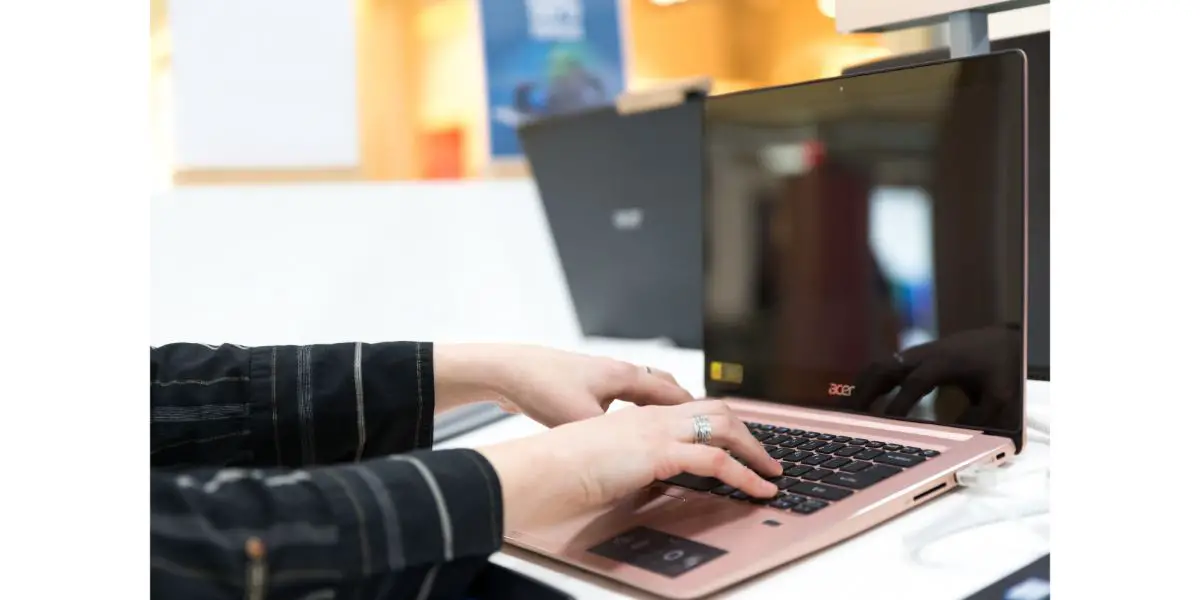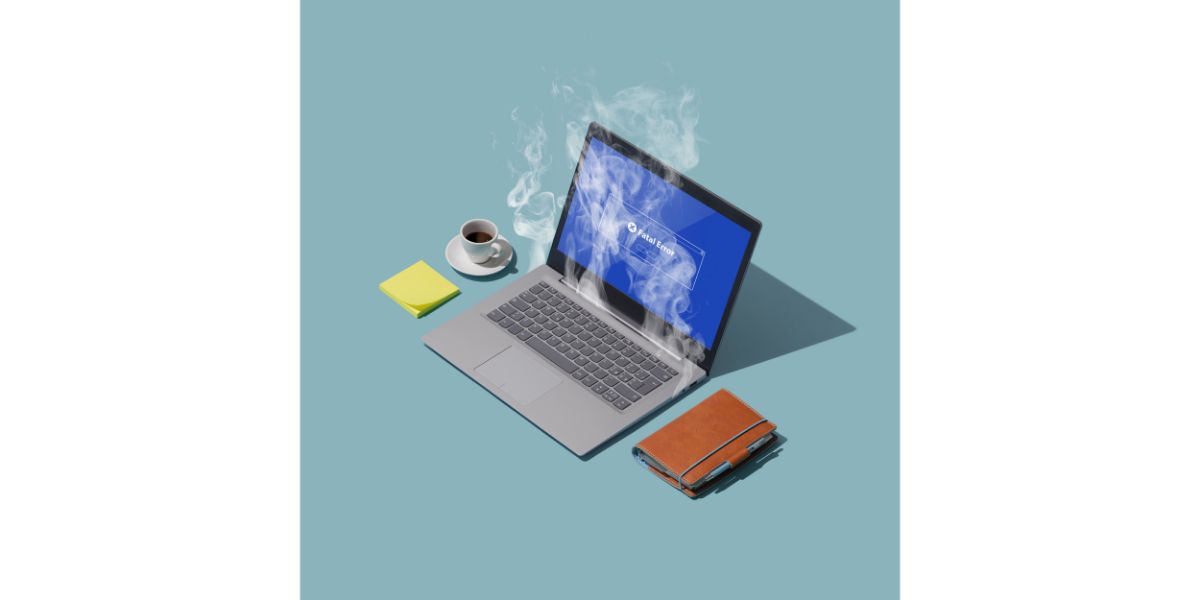Disclaimer: This post may contain affiliate links, meaning we get a small commission if you make a purchase through our links, at no cost to you. For more information, please visit our Disclaimer Page.
Acer laptops are budget-friendly and sport excellent innovation and customer service. If you’re stumped by an Acer that keeps shutting off by itself with no explanation, we’re here to help.
Table of Contents
5 Reasons Your Acer May Be Shutting Off
There are five main reasons an Acer laptop may shut off on its own: battery issues, problems with the charger, malware, outdated drivers, and hardware issues.
1. Battery Issues
Acer batteries could overheat, come faulty, break, or be affected by a malfunctioning charger. Signs of a faulty battery include your laptop not charging fully, dying unexpectedly, charging slowly, or overheating.
2. Problems with the Charger
Both Acer chargers and replacements may become loose, break, or simply not charge your laptop to its full battery.
3. Malware
A virus or malware could affect your computer, causing it to shut off or crash unexpectedly.
4. Outdated Drivers
Drivers are sets of files that help your computer system connect with hardware. They essentially help connect your operating system to the machines in and outside of your laptop. When these drivers are out of date for one reason or another, they could cause your laptop to freeze, malfunction, or even crash.
5. Hardware Issues
Hardware issues occur when your laptop’s electromechanical components malfunction.
9 Solutions
Here are the nine top solutions with each addressing one or more possible reasons for your Acer’s constant shutoff. Try them out one at a time until you find the fix that fits.
1. Reset the Battery
If your battery is behaving abnormally and causing your computer’s constant shutdown, resetting it may be the solution. This process disconnects the battery from your computer temporarily and then reconnects it.
First, unplug your power adapter AKA charger. If your computer is on, press the power button for at least 15 seconds. Flip your laptop over and search the bottom for a battery pinhole.
Not all Acers have this feature, but many do. You can use YouTube or Google for images and videos to help you locate this feature.
Within the pinhole is a tiny button. If your laptop has a pinhole, use a small paperclip end or something similar to poke the pinhole and hold the button down for at least 5 seconds.
Charge your laptop until the battery charge light turns blue. Then, turn it on again.
2. Adjust Sleep/Hibernation Mode
Most Acer laptops – especially those on Windows 10 – have an automatic sleep or hibernation mode set up that will make your computer “sleep” when it’s not in use. To ensure you’re not mistaking a shutdown with sleep mode, adjust your sleep mode settings.
Go to Start, choose Settings, select System, then choose Power ; Sleep. Choose how long your computer should wait before entering sleep mode.
3. Calibrate the Battery
If you’re operating on Windows 10 or higher, you may be able to calibrate your battery to avoid unwanted shutdowns.
First, plug in your laptop and charge it fully. Unplug it and let it discharge until it powers off. Repeat this two or three times to calibrate the battery. On the third time, time how long it takes to discharge. If all is well, it should last at least 4 hours, depending on the Acer model and what you use the laptop for.
4. Tighten the Screws on the Charger
If your laptop continues to shut down without warning, don’t forget to inspect the charger – especially if it’s a replacement charger that didn’t come with your laptop in the first place.
Unplug the charger and flip it over. Inspect it for any loose screws or parts. This could be causing contact issues within the charger that affect how well your laptop can charge. If any screws are loose, use a screwdriver to lightly tighten them.
5. Prevent Your Laptop from Overheating
If your laptop is always running, in the same place, and/or in a hot room or the sun, it could overheat and turn off. Excessive heat will eventually damage the internal components of most electronic devices. Warning signs of this include the internal fan getting louder as if it’s under pressure.
To counter overheating, turn your computer off when not in use, keep it in areas with cooler temperatures, and maintain its cooling system.
For the latter, you’ll need to dissemble your laptop’s cooling fan and clean it every few months. Plenty of videos and online instructions describe how to do so depending on your Acer model.
6. Update Your Drivers
Most drivers update on their own. You can double-check specific drivers by going to your Device Manager, right-clicking the driver, choosing Update Search Automatically for Updated Driver Software, and then selecting Update Driver.
You can also update and redownload your Acer drivers by entering your device’s serial number, SNID, or model number on the Acer website.
7. Scan for Malware
Your Acer laptop should come with an automatic and free Windows Security feature. This should identify any viruses or malware that could be causing your Acer’s shutdown issue.
Open the Windows Security Settings, select Virus; Threat Protection, and choose Scan Options. Then, click on Microsoft Defender Offline Scan and Scan Now.
8. Update BIOS
BIOS is your laptop’s microprocessor that helps start your computer. Updating BIOS takes time and patience, but it may be the final fix you can try on your own before taking your laptop to a professional. To update BIOS, follow these instructions.
9. Seek Out a Pro
If you’ve gone through the last eight fixes without luck, it’s time to consult a professional. Contact Acer through their community forum, by phone, or by chat. If your computer is out of warranty, contact a reputable computer repair business in your area for trained support professionals or take your laptop to a tech repair shop for assistance.
Final Thoughts
If your Acer laptop is shutting off unexpectedly, you could lose hours of hard work and patience. Our nine fixes will address battery, driver, charger, malware, and hardware issues to get your laptop back on track.


